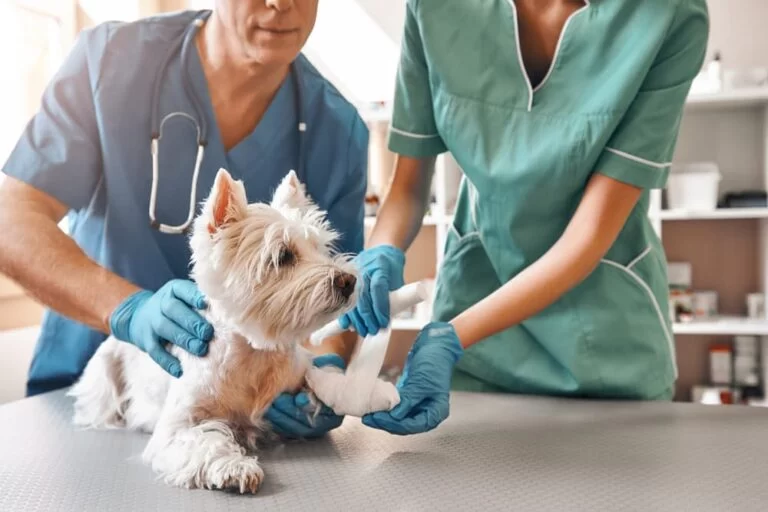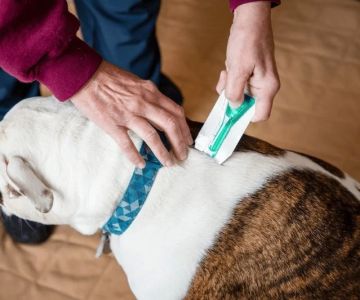What I Did When My Dog Faced a Medical Emergency—and What You Can Learn
1. The Day Everything Changed: My Personal Wake-Up Call
It was a regular Tuesday morning. I was sipping coffee and getting ready for work when I noticed my golden retriever, Max, was unusually quiet. He hadn’t touched his food and kept licking his lips excessively. Moments later, he collapsed. Panic rushed through me—I had no clue what to do.
If you're a pet owner, you know how heart-wrenching it is to see your furry friend in distress. In that moment, I realized I was completely unprepared for a pet medical emergency. That experience taught me the importance of having a clear action plan. I want to share everything I’ve learned with you, so you’re never caught off guard like I was.
2. How to Recognize a Pet Medical Emergency
Not every strange behavior is a full-blown emergency, but some signs should never be ignored. Here are the symptoms I now keep a close eye on:
- Severe bleeding or visible trauma
- Rapid or labored breathing
- Sudden collapse or inability to stand
- Repeated vomiting or diarrhea, especially with blood
- Seizures or extreme disorientation
- Ingesting toxic substances (e.g., chocolate, medications, cleaning products)
I learned that even something as “minor” as skipping a meal could signal something deeper. Always trust your gut—if something feels wrong, it probably is.
3. Step-by-Step: What to Do in the Moment
3.1 Stay Calm and Assess
This is easier said than done, but staying calm is vital. When Max collapsed, I nearly froze in panic. But I took a deep breath and quickly checked his breathing and pulse. Being present helped me react fast.
3.2 Contact an Emergency Vet Immediately
In the U.S., most urban areas have 24/7 emergency vet hospitals. I now keep my local emergency vet’s number saved in my phone and posted on the fridge. If you live in a rural area, it's even more important to know the closest clinic ahead of time.
When I called, the vet tech calmly walked me through what to do while I drove Max to the clinic. That guidance made all the difference.
3.3 Safely Transport Your Pet
Injured or panicking pets can react unpredictably. I gently wrapped Max in a blanket to keep him stable and prevent further injury. If your pet is aggressive or in pain, use gloves or a thick towel to protect yourself while moving them.
3.4 Bring Important Info
I grabbed Max’s medical records, a list of his medications, and my ID. Having this ready saved precious time at the vet. You can prepare a “go bag” ahead of time with all your pet’s essentials: meds, records, and even their favorite toy for comfort.
4. After the Emergency: What Happens Next?
Max was diagnosed with a severe allergic reaction—something I never would’ve guessed. The vet stabilized him with fluids and meds, and he pulled through. That night, I vowed to be better prepared.
Aftercare is just as important as the emergency itself. Follow all vet instructions closely, even if your pet seems better. Schedule follow-ups and monitor for recurring symptoms.
5. Build Your Emergency Plan Now—Before It’s Too Late
If you take just one thing from my story, let it be this: don’t wait. Here's how I built my emergency readiness plan:
- Saved contact details for 3 nearby emergency vets
- Assembled a pet first aid kit (bandages, hydrogen peroxide, gloves, etc.)
- Set a calendar reminder for annual health checkups
- Downloaded a pet emergency app for quick references
- Researched and bookmarked services like Hidden Brook Veterinary for trusted local clinics
6. Why Pet Insurance Was a Game-Changer
I used to think pet insurance was a luxury. After Max’s $2,400 emergency bill, I changed my mind fast. Now I pay a monthly premium that gives me peace of mind—and covers a lot more than just emergencies. It’s worth exploring before a crisis hits.
7. Sharing the Knowledge: Helping Fellow Pet Parents
Since Max’s scare, I’ve made it my mission to spread the word. I’ve helped friends build their emergency plans and recommended reliable clinics like Hidden Brook Veterinary for preventive care. Being informed doesn't just save money—it saves lives.
If you’re not sure where to start, take five minutes today to jot down your vet’s contact info and check your pet’s vaccination status. A little prep goes a long way when every second counts.
8. Final Thoughts from a Pet Parent Who’s Been There
Emergencies are terrifying. But with the right knowledge and preparation, you can stay strong for your furry companion. I never want to relive that moment with Max—but if it happens again, I’ll be ready. And now, so will you.












